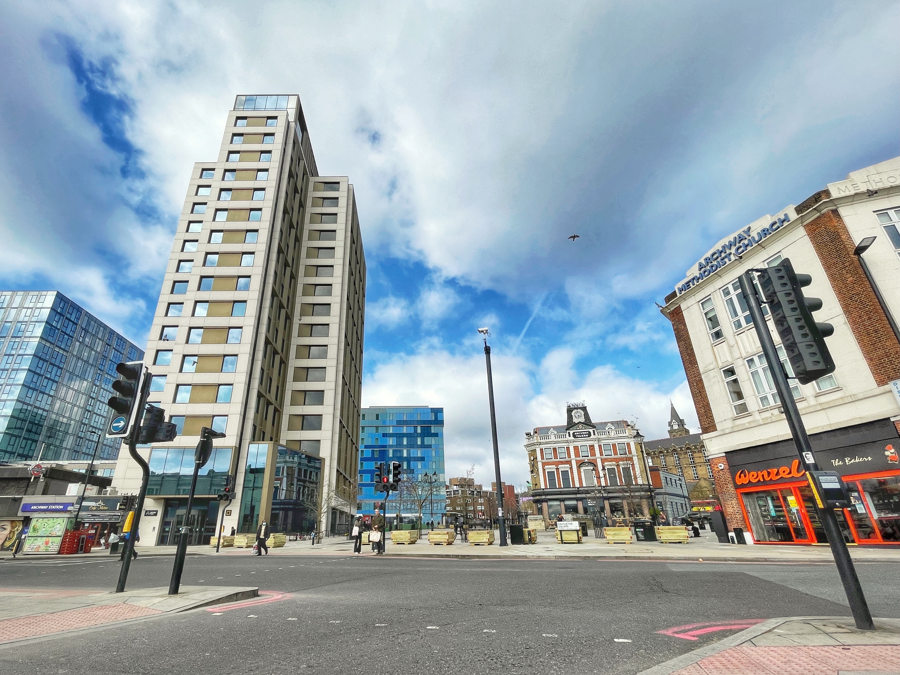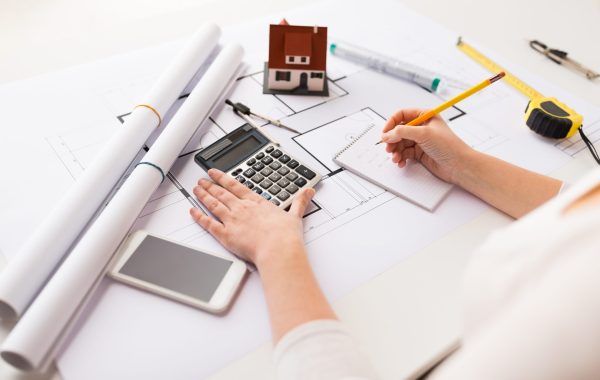Transforming Spaces: The Allure of Islington Archway Basement Conversions
Introduction:
Islington Archway, steeped in history and architectural splendor, has become a focal point for innovative urban development. One striking trend that has gained momentum in recent years is the conversion of basements beneath the arch into functional and stylish living spaces. This article explores the allure of Islington Archway basement conversions, delving into the transformative nature of these projects and their impact on the local community.
Preserving History, Embracing Modernity:
The decision to convert basements beneath Islington Archway speaks to a harmonious blend of preserving historical structures and meeting the modern demands of urban living. Developers and homeowners alike are drawn to the challenge of repurposing these spaces, breathing new life into the archway’s foundation while maintaining its distinctive architectural character.
Architectural Challenges and Solutions:
Converting a basement beneath a historic archway comes with its set of challenges, from structural considerations to meeting modern building codes. Architects and engineers working on these projects must delicately balance the preservation of the archway’s integrity with the need to create habitable, contemporary spaces.
Innovative design solutions often include the incorporation of natural light through strategically placed windows and light wells. This not only addresses the practical challenge of limited natural light in basements but also adds an artistic touch, creating unique and inviting atmospheres within these subterranean spaces.
Community Impact:
The conversion of Islington Archway basements extends beyond individual property enhancements. It has a positive impact on the local community, contributing to the area’s economic vitality and cultural dynamism. As these basement spaces are transformed into residential units, the community gains new residents, fostering a sense of neighborhood growth and diversity.
Additionally, the repurposing of basements often leads to the establishment of community spaces, such as art studios, coworking hubs, or boutique shops. This further enhances the archway’s role as a cultural and commercial hub within Islington, creating a symbiotic relationship between historical preservation and contemporary urban living.
Sustainable Development:
Islington Archway basement conversions align with the principles of sustainable urban development. Rather than expanding outward, encroaching on green spaces or altering the exterior of historical structures, converting existing basement spaces promotes efficient land use and minimizes environmental impact.
The adaptive reuse of these subterranean areas also contributes to energy efficiency, as the natural insulation provided by the archway’s structure can reduce the need for extensive heating or cooling. This dual emphasis on historical preservation and sustainable practices positions Islington Archway as a model for thoughtful urban development.
Conclusion:
Islington Archway’s basement conversions represent a captivating intersection of history, architecture, and modern living. As these projects continue to unfold, the archway area evolves into a vibrant and sustainable urban landscape. The allure of Islington Archway basement conversions lies not only in their aesthetic and functional appeal but also in their ability to contribute positively to the fabric of the local community, embodying a harmonious balance between the past and the future.





